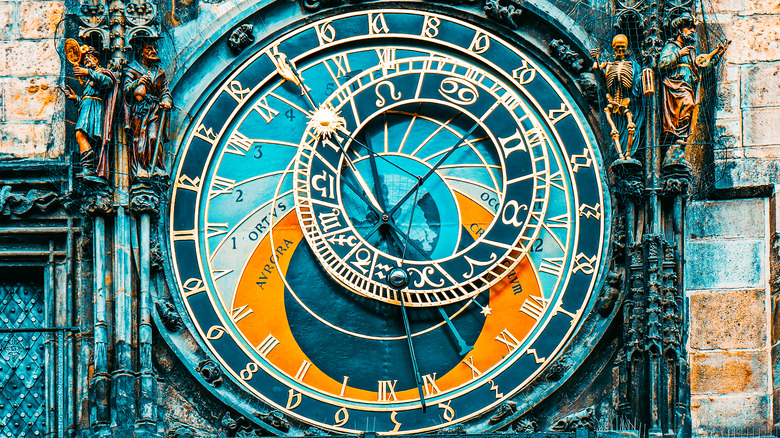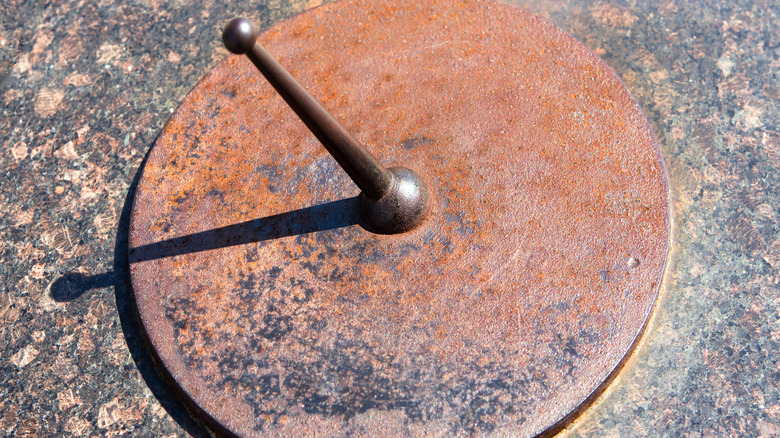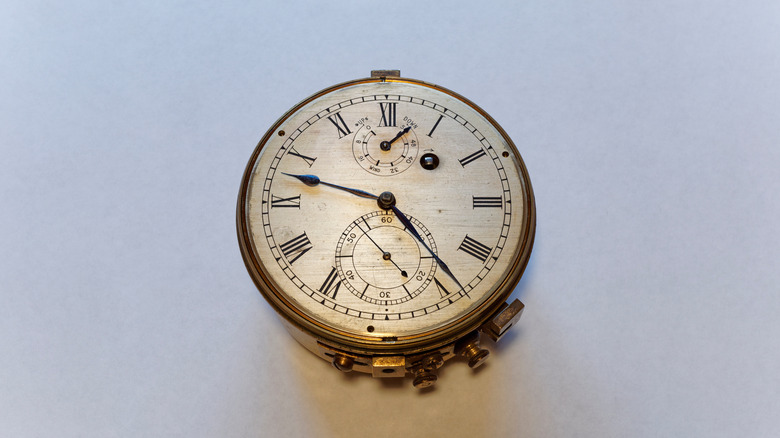The Real Reason Clocks Were Invented
From the beginning of human civilization, the ultimate arbiter of time has been the celestial bodies around the earth — the sun and constellations, whose journey across the sky measured days and nights. Likewise, the waxing and waning of the moon were used by ancient civilizations to count the passing of longer periods before the separation of the year into 12 months became an established system under the Roman dictator Julius Caesar in 46 B.C.
But while a recognizable calendar system has remained almost unchanged for nearly two millennia — older calendar systems existed even long before that — the way we measure the time of day has undergone a significant evolution.
The reasons for wanting an accurate way of telling the time are obvious: It allows people to synchronize their schedules, to meet, to order their days together, and go on. Similarly, the desire for greater accuracy in timekeeping is understandable — if two timepieces fail to correspond, then their respective owners will be unable to synchronize their activities. But clocks as we know them today — which typically employ a chronometer — were developed for a very specific reason: sea exploration. Here's why.
The history of timekeeping
According to Scientific American, the first devices to measure the passing of time in periods resembling hours were sundials, which emerged in Egypt around 3,500 years ago, followed soon after by water clocks that could be used to tell the time at night. However, the ancient Egyptians didn't yet have the concept of hours with fixed periods — i.e. 60 minutes — as we do today. Instead, periods of day and night were split into 12, and each "temporal" hour shrank and expanded with the passing of the seasons. In the summer when the days were longer, hours were longer too.
Though it was more than 2,000 years ago that Greek astronomers first postulated that days should be divided into 24 equal-length hours, it was not until the invention of the first mechanical clocks in Europe in the 13th century that hours, as we know them today became the norm in everyday timekeeping, per Scientific American.
Back then, clocks were still rather inaccurate, losing the correct time by around 15 minutes per day. That all changed in the 1600s with the invention of the pendulum, allowing clocks to tell the correct time within a margin of error of only a minute per week.
Timekeeping and navigation
There are countless technical uses for clocks, from home cooking to scientific experiments. But the more complicated the task at hand, the greater the requirement for timekeeping accuracy, to the point that even the incredibly close timekeeping achieved through the invention of the pendulum was not enough in some fields.
One of these fields was sailing. As described by the Smithsonian Institute's Time and Navigation, ships at sea had long attempted to employ clocks in helping them establish their longitude on long and dangerous journeys. But the problem with mechanisms like the pendulum was that they were adversely affected by the motion of the ship, meaning that they would lose the correct time almost immediately. To overcome this, in the early 18th century the British government established the Longitude Act, which rewarded inventors with huge sums of money for devices that could measure longitude with a high degree of accuracy. Within a few decades, the British clockmaker John Harrison had refined his sea clock designs with the invention of the chronometer, with could keep time to within a fifth of a second per day at sea.
Though science has since moved on to atomic clocks to measure the correct time in fields like physics, the chronometer is still the technology employed in many notable timepieces, most notably the Rolex watch, each of which contains its own chronometer.


